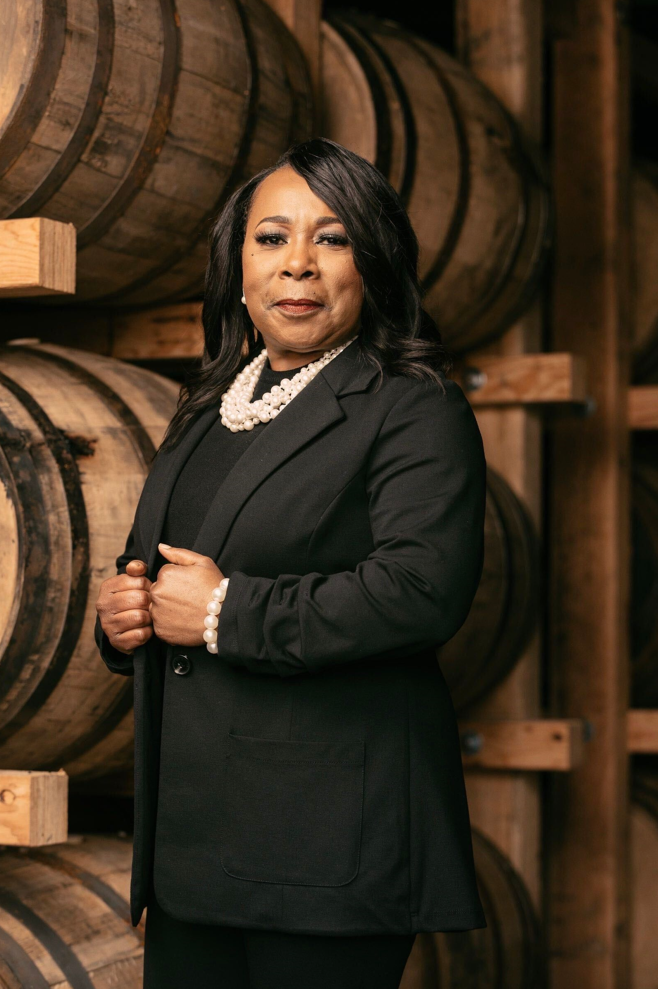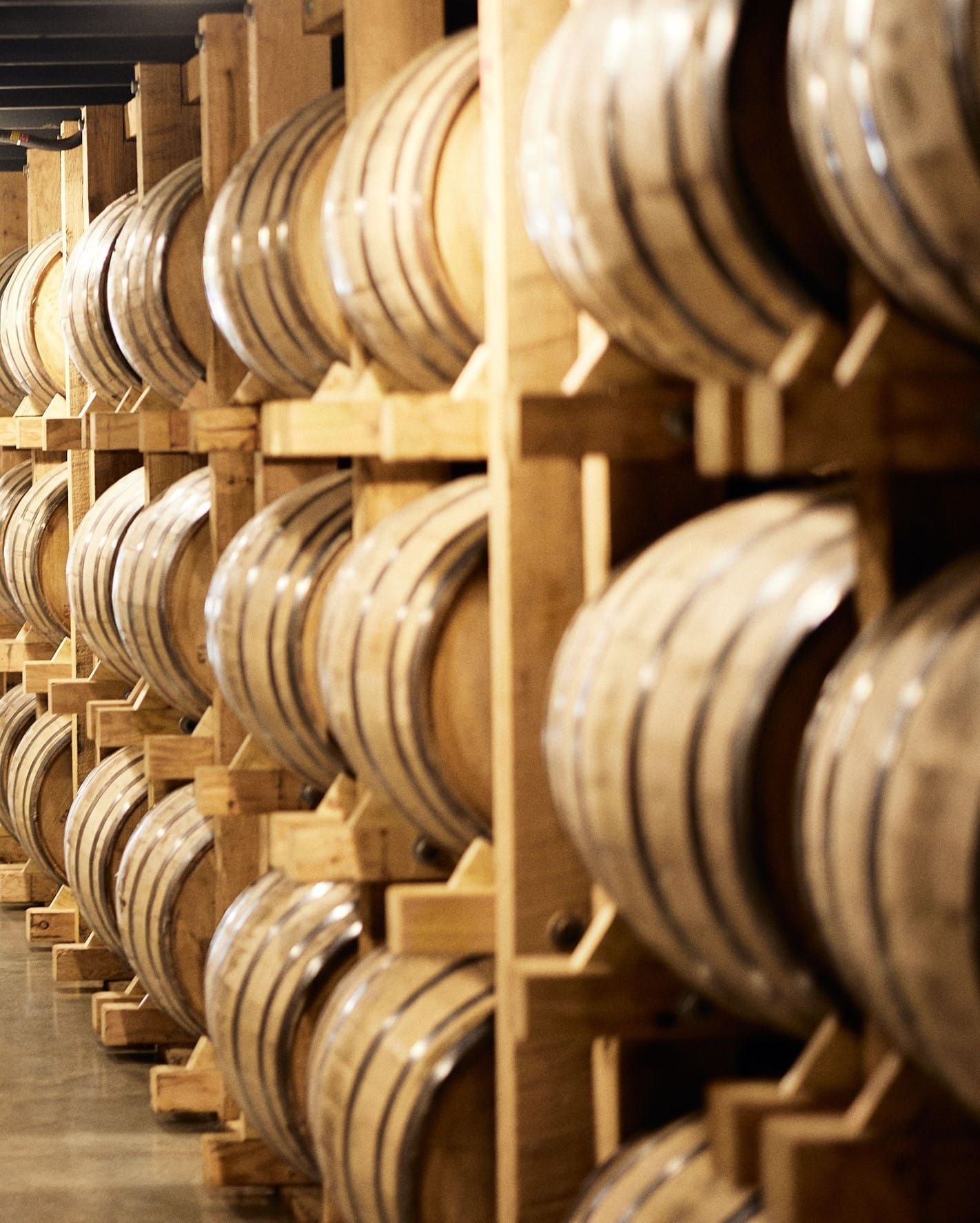Nestled by the Appalachian Trail in its eastern wing, the state of Tennessee, along with a few other neighboring regions, has strong foundations from the days of moonshine running, with each state having a unique story regarding the legendary spirit. Moonshine refers to the art of distilling high-proof liquor—illegally. The term may have originated from the fact that early moonshiners produced their spirits at night and under the moon to avoid getting caught by the authorities.
Moonshine, the tradition of creating illegal alcohol during the nighttime
Many Scottish travelers settled in various parts of The United States of America in the mid-1700s and brought along their traditional practice of distilling whiskey. These Great Smoky Mountains—or the Smokies as they are also known—were the ultimate location for moonshiners to produce their alcohol. Due to the infinite array of hills and greenery, the region was hard to access for law enforcement, which meant their illegal stills could easily be undetectable.
The 21st century in the USA witnessed The Roaring Twenties and Prohibition, resulting in moonshining and tales narrated by plentiful distilleries across those states even today. Prohibitionists believed that banning the sale of alcohol would keep criminal activity in check. However, this had the opposite effect. The country saw a rise in illegal distillation, bootlegging, smuggling, and organized crime. Even the legendary annual motor race NASCAR owes its origins to bootleggers racing each other with illegal liquor. On their runs, bootleggers would drive through the Smokies to distribute their goods, with East Tennessee being the most natural unloading point. A majority of these distilleries still exist.
The History of Moonshining
Originating in Europe, the term “moonshine” referred to occupational pursuits which needed night work by the light of the moon. For early mountaineers, making and selling alcohol was not a hobby or a way to make extra money; it was how they survived. Farmers could get through a bad year by turning corn into profitable whiskey, and the extra income was always welcome.
“Moonshiners always had the incentive to avoid the law to evade taxes imposed by the federal government,” historian Carroll McMahan tells me. “The temperance movement, which sought to ban alcohol, gathered steam in the early 1900s, and states began passing laws that banned alcohol sales and consumption. In 1920, nationwide prohibition went into effect, the greatest thing moonshiners could have hoped for. Suddenly there was no legal alcohol available, and the demand for moonshine shot up like a rocket!”
Because so many ministers preached about the evils of consuming alcoholic beverages, most families kept their liquor-making a secret. Now that the sale of moonshine is legal, those same families have embraced the once-secret stories of their ancestors’ association with moonshine.
Memories Bottled in Moonshine
While women moonshiners were not unheard of, there were few, even if they were less likely to be suspected as smugglers back in the day. In the mid-1800s, however, Tennessee had Mahala Mullins, a woman who was a folk hero and moonshining legend who turned to the spirit to support her family.
So what exactly goes into making moonshine liquor? Like most spirits, moonshine also extensively involves fermentation and distillation of grains with sugar and yeast. After fermentation, the residue, called a wash, is then distilled. Distillation further filters out any impurities to produce a pure spirit.
“Moonshine is a specialty class. That’s why you can have a broad variety of flavors. You can make it out of anything. That’s how it was made, with whatever was available. We did not have a lot of resources in this area. It was very poor,” says Danielle Parton. As a former airplane pilot, Danielle, who also happens to be Dolly Parton’s niece, now sells her own moonshine called Shine Girl. “I do this and I still fly. I guess I have had challenges from being a woman in a male-dominated field, but I have never let myself think about that,” she says.
It wasn’t a smooth journey, as trying to get everything in compliance was one of the difficulties she faced in the industry. When she bought her distillery, she was assured that all the permits and licenses were in order, but unfortunately, they were not. She had to jump through hoops, yet she managed to complete all the paperwork in less than two days.
Though her signature moonshine is red velvet, there are elements of Danielle’s childhood in one of her flavors. “My mom would feed us pineapple from a can. My favorite cocktail we make here is with pineapple, and the flavors remind me of her,” she fondly recalls, adding, “My mom inspired me. She taught me to get up and work and keep a sense of humor.”
As a local from Tennessee, Danielle affirms that the state is the greatest place in the world. “It’s beautiful, for one thing. I love the Appalachia personality that has trickled down over the years here. We are very much a mind-your-own-business culture. People can just do their own thing.” Moonshine wasn’t something that Danielle grew up learning, and the art of it was self-taught. She looked at her first recipe for a sugar wash online—one of the easiest ways to create a wash for fermentation using sugar and water—and it effectively resulted in vinegar. It wasn’t until the third attempt that she consistently started getting her fermentation right and successfully created Shine Girl.
“I thought I’d give my moonshine a female twist. I get a lot of burly guys coming here saying, ‘Ain’t you got no Shine Guy?’ I didn’t know how a lot of men were going to respond to it. As it turns out, many of them have daughters, and they like seeing an example for their girls. So, I’ve had a very positive result. I have also had many guys saying, ‘I can’t drink that pink and purple stuff.’ After I mixed it in some cocktails, I saw one guy leave, buying each of my bottles.” Not knowing any other moonshine businesses owned by women, Danielle affirms that women are the newest market for moonshines and whiskies. Still, almost nothing in the industry is marketed through them. As she understands the daunting task behind entrepreneurship, she aims to help women understand how to open their own businesses.
An Untold Story
Jack Daniel’s whiskey is widely celebrated, but there’s a story that dives deeper into its origins and its connection to the man who showed him distilling techniques. Uncle Nearest was known as Nathan “Nearest” Green and was a formerly enslaved man who taught Jack Daniel how to make Tennessee whiskey.
Nearest Green taught Jack Daniel a critical step in Tennessee’s whiskey-making process called the sugar maple charcoal filtering. The practice involves whiskey filtration through wooden charcoal chips before being transferred to casks for aging, a technique that many historians believe was inspired by similar charcoal filtering methods used to purify water in parts of West Africa. Today, this technique is also referred to as The Lincoln County Process.
The story was unearthed by Fawn Weaver, an entrepreneur who decided to open Nearest Green Distillery, now dubbed Malt Disney World in Tennessee, after learning about Uncle Nearest and Jack Daniel’s interwoven history. She also approached Victoria Eady Butler, a direct descendant of Uncle Nearest, to be the master blender. “I was extremely honored but also very nervous. Given that I hadn’t done anything like that before, I wasn’t sure how the process would turn out. Thankfully, it went well,” Victoria says.
“My greatest challenge has been keeping my emotions intact while sharing the legacy of my great, great grandfather, Nearest Green. Almost four years later, I often cry when talking about him and our awesome Uncle Nearest Premium Whiskey team family. Always tears of joy and gratitude, of course.” As the first female African American master blender, Victoria finds the whiskey industry in the USA is not close to the inclusiveness needed but is optimistic a positive change is on the horizon. In the years since the launch of Nearest Green’s distillery, she has seen more women elevated to positions traditionally held by men.


Master blender Victoria Eady Butler at Nearest Green’s distillery. Photos courtesy of Nearest Green’s distillery.
Emphasizing the historical heritage of Uncle Nearest that influences her blends, Victoria says, “Nearest Green was known for being the best whiskey maker around. That sentiment influences everything I do. I strive every day to bring the same quality of excellence to every drop of whiskey that goes into our bottles.”
Over the years, moonshine has largely been associated with bootlegging, and whiskey was marketed primarily as a “man’s drink.” The last decade, however, has witnessed a positive resurgence in the industry, owing to the dedication of the brilliant, leading women who are taking their distilleries to new heights.
A version of this article appears in print, in Issue 1 of Álula Magazine with the headline: “Stories from Tennessee’s Moonshine Legacy”.

